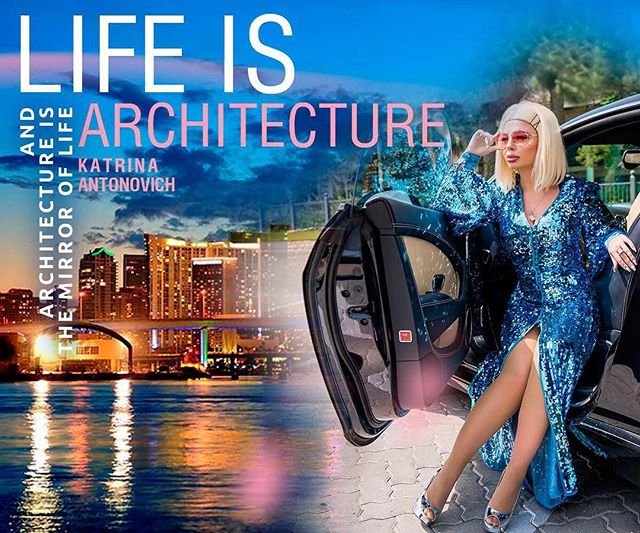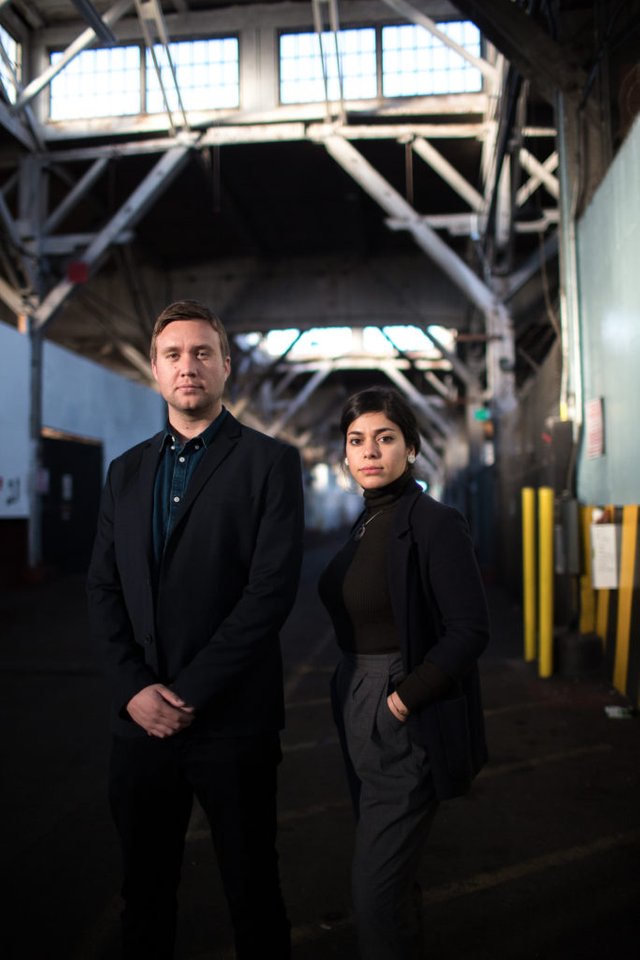LIFE IS ARCHITECTURE OR ARCHITECTURE IS LIFE ...!!!

The best way to learn what life as an architect is like is to ask an architect right?
So that’s what we did.
In this article, 5 experienced architects share daily joys, struggles, and what being an architect is actually like. We asked them to share their experience, how many years they’ve been working as an architect, as well as what a typical day, month, or year looks like for them, and the best (or hardest) things about being an architect.
As you read through their responses, you’ll find common threads as well differences of opinion or perspective. We think there’s lots of wisdom to be gleaned here, and we’re grateful they shared their experience with us. Be sure to check out their portfolios, and if their insight was helpful for you – send them a message and say thanks!
What does a typical day look like?
A typical day is wide open flexibility – responding to design opportunities, challenges within the design process, and coordination of project demands. Ours is a practice of relationships – clients, staff, consultants, contractors, and building officials.
What does a typical month or year look like for you?
A typical month flies by coordinating several projects that are always in the works – in design and construction. Regular client meetings, meetings with local authorities, and responding to needs of projects keeps everyone busy. We are a studio. While we manage our efforts, we all work together on a variety of levels providing to each other whatever the various projects we are working on may need. Projects can last from mere weeks to years – you plan accordingly.
How many projects will you take on, and what is your workload like?
We typically respond YES to opportunity, so workload varies. Our workload allows us to have lives with our families as well as within the studio. Project processes have a rhythm – we coordinate that with our studio life and family lives. Family is important to us.
What’s the hardest or best thing about being an architect?
Hardest is the challenge of enduring through the process coordinating events, people, circumstances, and forces that desire to marginalize the soul and spirit of design. Push on – keep time and continue to hammer out a great experience and final solution.
Any advice for aspiring architects?
Architecture will take you places you cannot imagine. It will prove to be the most challenging, rewarding, frustrating, vulnerable, inspiring and galvanizing thing you will do.
Architecture can be – should be – one of the most intimate of professions.
What do your clients do? How do they/we live?
How do we sleep? Wake? Spend our days? Go home? Spend our evenings – our nights?
For our clients (and you as an architect) what are our lives about? And how can we make them better. My partner says we make the world a better place – what better profession is there that does this? We touch all branches of society.
One year we worked on projects such as a place of worship, a bank and prisons – all at the same time – from one spectrum of society to the other – who could plan for that?
You will not work harder, for less compensation, resulting in more responsibility and liability, doing what you love, doing anything else, yet nothing else that I can imagine is more rewarding. I would do this for free if my wife and partners would let me – it’s that much fun.
What’s architect life like?
An architect wears many hats: they have to be the organizer of a project, the conductor of the orchestra of consultants, the advocate for their client, the mediator between the client and general contractor, the designer of the project, manager of the progress, counselor, cheerleader, building permit expert, building code expert, and construction process advisor.
What does a typical day look like?
There are no typical days for the architect.
What does a typical month, or year, look like for you?
There are 2,080 billable hours in a year. This is calculated at 40 hours per week times 52 weeks. All the architects I have known throughout my career work at least 60 hours per week, on average, and there are projects that sometime require 80 to 100 hours a week for many months. (i.e. How many projects will you take on, what is your work load like, etc?) It is a rare thing for an architect to turn down a project. Architects view each project as an opportunity to design a unique solution to a unique problem.
What’s the hardest or best thing about being an architect?
Architects don’t look at the world in terms of the hardest thing they do. They do look at the world in terms of design and creating solutions for their clients. Architects are about creating great space for people to live and function in, both inside and out.
Any advice for aspiring architects?
Give the effort everything you can and the reward will be more than you can ever imagine. You will be part of a rare profession where you get to make the world we live in a better place.

What does life as an architect look like look like for you both? A typical day, for example?
We used to work at other companies for several years. Those days were the times we were focused on our individual projects and would be in the office all day long, working with other architects, designers and engineers. Very little of our time would be spent with clients, on a job site or together! When we started our own company, things changed drastically.
Now, a typical day looks like this: bike to office (or work from home if it’s easier!) make some coffee/tea, deposit some checks, sketch some ideas, work on a revit model of a project, call some potential clients, discuss our next steps and maybe make some physical models! Being a small business owner means you need to wear many hats – at one point we will be talking big picture strategy for the future growth of our business and minutes later we will be drafting or balancing the books! As we grow, we want to make sure we have people who are fully utilized in their “highest and best use” – and not be jacks of all trades.
What does a typical month look like?
A typical month looks like this: looking for new projects, writing proposals, looking for design competitions, working on our business structure, finances and accounting, meeting up with clients, collaborating with designers and artists, drafting, sketching, designing and looking for more projects!
What’s your workload like? How many projects will you typically take on?
We currently have about 6 active projects but we’re not shy to take on more, when work load goes up, we tend to hire contract designers to help us on our deadlines.
Our current projects include:
Two office “tenant improvement” and interior design projects.
A ground-up house going into construction.
A 13 building multifamily apartment complex, major façade upgrades and some interior design.
Two major residential remodels.
What challenges are there that you face? What’s the hardest or best thing about being an architect?
We are a married couple. It is a challenge to find a balance between our work and personal life, although we cherish that we are able to make our own careers together in a profession that we are both passionate about. We are immersed in our projects during the day, and feel it is important to have be able to “switch” the business talk off in the evening and just relax – we do believe that is the hardest thing about it!
Any advice for aspiring architects?
When we started our own practice, we would take on any type of project to keep our business afloat – residential bathroom remodels, for example. We were basically scrapping by, living off credit and paycheck-to-paycheck.
It has taken us a year to get consistent and more substantial work, and now we are booked solid, but at the point where we want to take on better design work. We want to work on more competitions, and keep evolving as architects and refining what we consider a dying art. To do this, we need to consciously keep putting our best design foot forward, stubbornly in the face of clients, fees, and other restraints.
My (Nastaran’s) father, also an architect in Sari, Iran, has a simple mantra that he gives to Dane and I: “Whatever it is, do your best work”. This reminds us to follow our intentions, and don’t let money, comfort and fear of an unclear future stop you from taking a bigger step towards whatever and wherever you want to be as an architect.